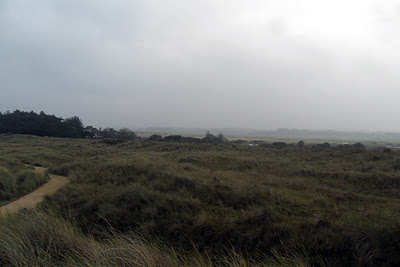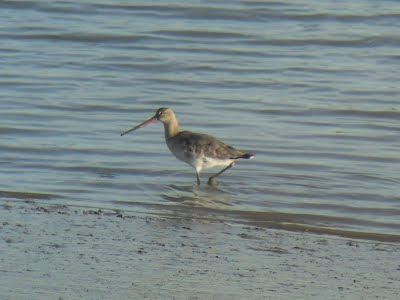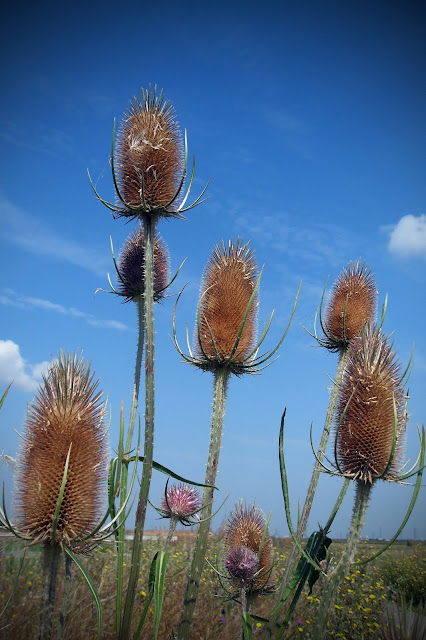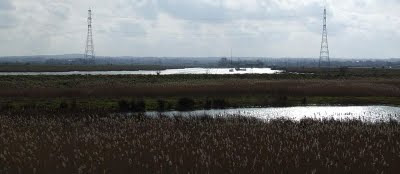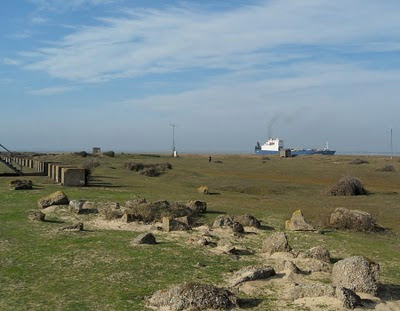A bit of last minute Christmas birding

Having a few days off before the Christmas break allowed me to indulge in a bit of last minute birding. And rather than create separate posts for each trip, I am lazily putting all the highlights into one post. 14.12.2011 Amwell Gravel Pits At the northern end of the Lee Valley, Amwell is a good place to find wintering ducks and bittern. Birds seen: siskin, goldeneye, wigeon, shoveler, gadwall, great crested grebe, common gull Great Northaw Wood Ancient woodland in Hertfordshire Birds seen: nuthatch, common treecreeper, coal tit, marsh it, great spotted woodpecker, tawny owl (heard only) Mammals: muntjac deer 17.12.2011 Connaught Water Local lake on the edge of Epping Forest Mandarin duck , Hooded Merganser (unknown origin) Mandarin Duck Mandarin Ducks



